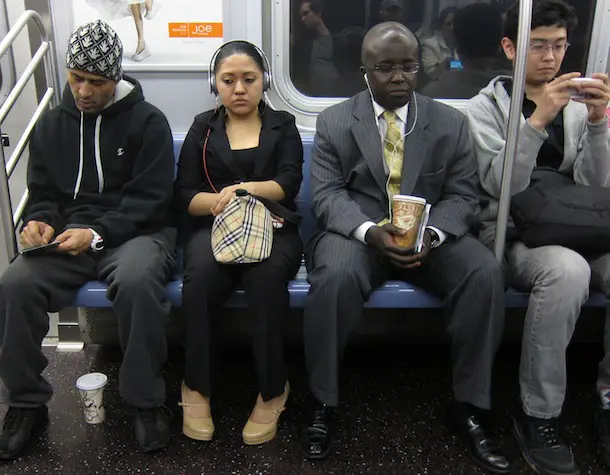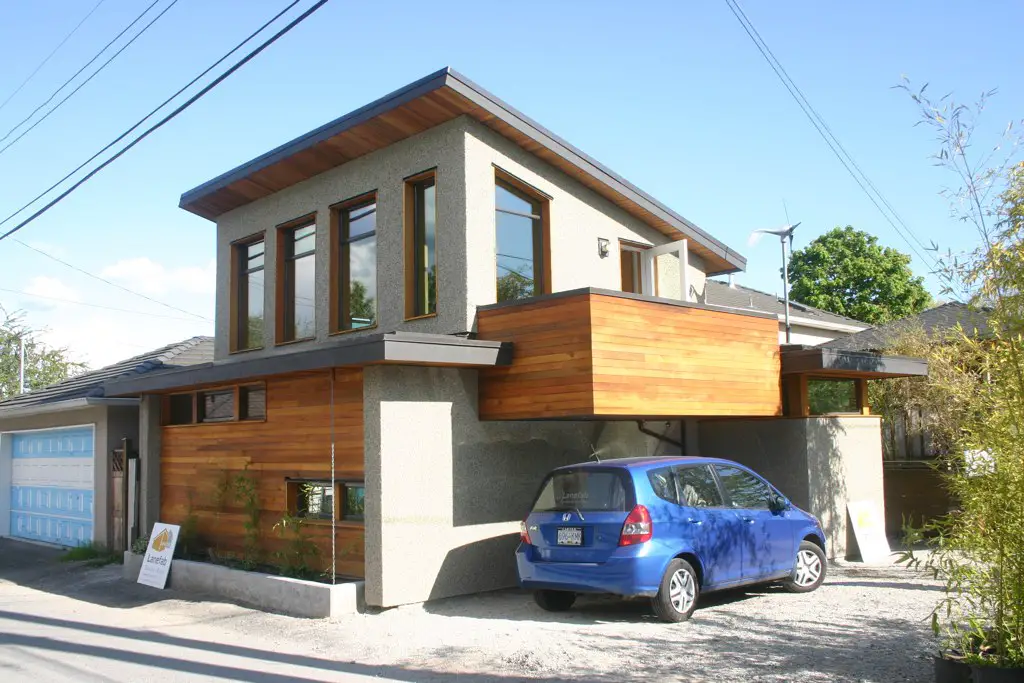8pm, September 25, 2010, Bat Yam, Israel: a crowd stand waiting impatiently on the sea front. At one end of the grassy park, on a makeshift stage, a ballot is being drawn – it will determine which brief each of the assembled groups of designers will get in the public space design competition they came here to take part in, some from the other side of the world. They haven’t seen the sites yet and the cryptic descriptions they have just pulled out of the hat don’t really help, but the excitement is growing as the start of the event comes closer. Finally it’s time. Aware of the need for spectacle, the mayor has brought a starting pistol for the launch of this three day sprint of designing and building. He fires the pistol and the designers are off, racing through the city to find their sites for the 72 Hour Urban Action competition.
Architecture events like this, as well as larger festivals and biennales, are growing in popularity. They bring fun, speed and excitement to processes that can be laboriously slow and therefore difficult for a wider public to engage with. The initially superficial appearance of these projects can mean that they’re dismissed as having little value. In fact, they can have depth and complexity that allows them to make a valuable contribution to the process of urban development.
Take the community consultation, for example. One of the most difficult things with these is the ‘echo chamber’ effect, where as people to try to brainstorm solutions to problems, they are able only to imagine things that they are already aware of. This was what the team behind the 72 HUA competition found when they went to talk to the residents of the street intended as the site for their first event. They could see that the public space was of poor quality, but when it came to solutions, what they asked for was for the streets to be cleaner and for better lighting.
These weren’t stupid things to ask for by any means and they may well have been appropriate in certain parts of the street. Equally, in the absence of any other ideas, they betrayed a lack of awareness of what it might have been possible to do to improve the public space. By inviting teams of designers to create interventions for neglected pockets of public space along the street, it was possible to introduce people to a greater range of approaches to the public realm, arming them to engage better with architects, designers and the local council on future public space projects.
Events can do other things too. In Bat Yam, the spectacle of the competition attracted a large amount of attention to a largely ignored part of the city and helped create a forum for discussion of issues around public space. For the designers themselves there is the opportunity to experiment in a real-world situation, which is rare in architecture. Temporarily transforming a space for an event can also show people how it might be different and give them the information they need to assess what they really think of proposed changes.
Public space proposals are, in some ways, relatively easy to try out – temporarily removing traffic or parking to make way for other public space interventions can make a dramatic difference. This is what was done with Exhibition Road at the London Festival of Architecture in 2008, to try out the architects’ (Dixon Jones) proposals, including their idea of a ‘single surface’ for the street. The proposed paving pattern was painted onto the existing street by the architects in the early hours of the morning ready for a weekend of interventions, activities and festival crowds.
If it allowed the public a valuable glimpse of what this public space could be, it also gave feedback to the architects. In this case it was not at an early enough stage to go back and modify their design in line with what they learned, but in theory at least, it should be possible to try out this sort of project earlier in the design process. The fact that the changes only last a very short time are also key – it requires far lower stakeholder commitment than the same changes would if they were permanent, meaning that it is possible to try out new solutions.
It’s not quite as easy as that, however. For all their growing acceptance amongst design and planning professionals, these projects can be difficult to realise. For a start, there are no standard, straightforward procedures for getting all the different permissions necessary – from events licensing, to dealing with the council’s highways department and of course, building permits. Where most countries’ planning systems are biased towards the permanent (defined as more than 28 days in the UK) the system of acquiring building permission is often out of proportion for temporary projects.
The project described above was able to go ahead because of support from the local municipality and strong relationships between the people working there and those initiating the project. Compromises and flexibility were needed on both sides to find ways to make the projects work. Crucially however, they allow trust and networks to be built, laying the ground work for future projects, including permanent ones.
Alison Killing is an architect, urban designer and founder of Killing Architects. She recently completed the Urban Tactics research project, which looked at case studies of temporary use projects to find out what works and why.
Photo: Dixon Jones Architects


